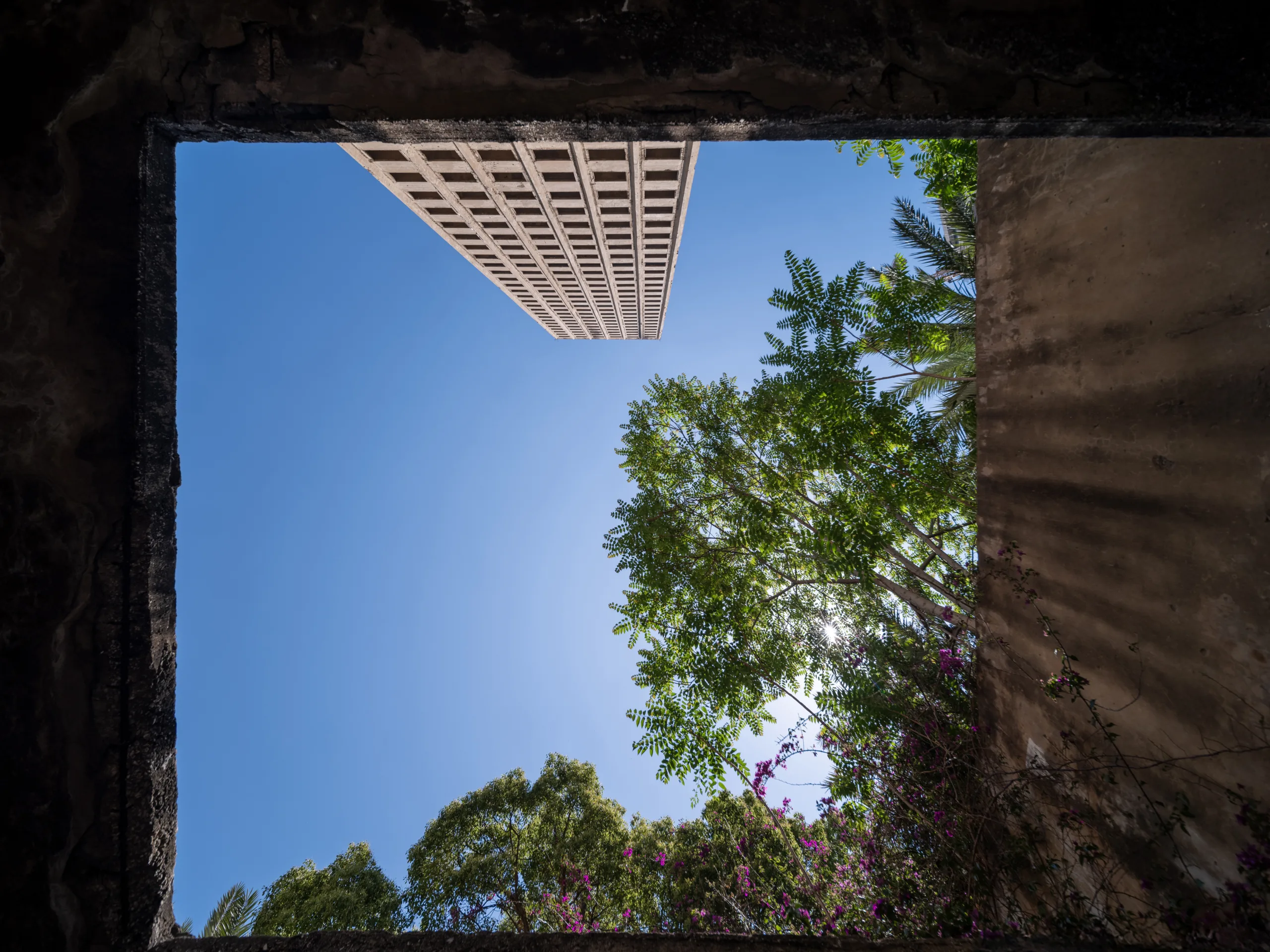 Posted in
Life & Culture, beirut
Posted in
Life & Culture, beirut
Six exhibits from We Design Beirut
Text Bryan Liu
This year’s We Design Beirut festival is packed with a lineup of activities, panels and exhibits for artists, by artists. A new addition to the MENA region’s art calendar, spanning every medium and material, from October 22 until 26, in five locations around the city. Programming straddles the nexus between critical and provocative, where themes of national identity, diaspora and nostalgia intersect. Here are six exhibits that tapped in:
Design “In” Conflict
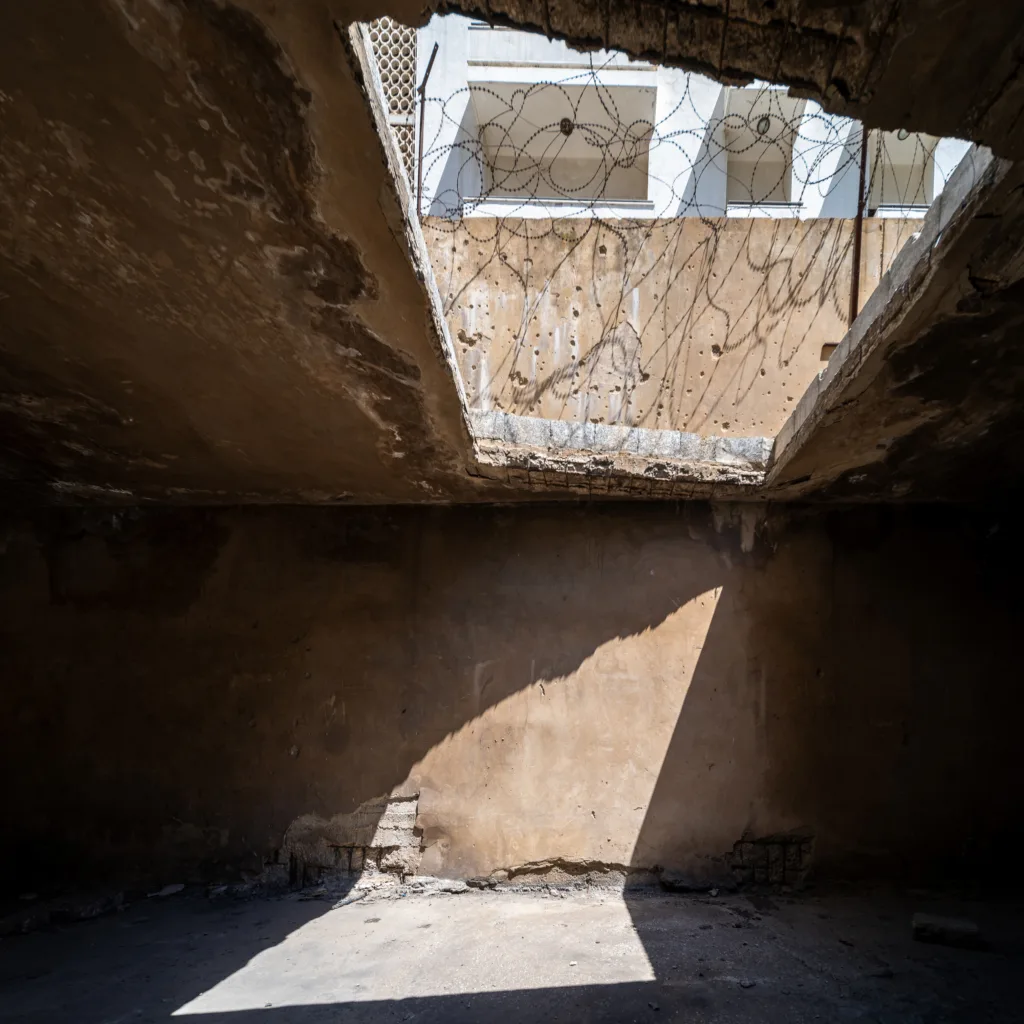
Design “In” Conflict features student work from nine Lebanese universities, the exhibit itself is shown from inside the Burj El Murr, a half-built skyscraper since the 70s turned military lookout during the civil war. Never repurposed, renovated or destroyed. Lingering like the city itself, the tower embodies both Beirut’s setbacks and potential, not as a monument, but a measure of Lebanon’s own unresolved identity.
Curated by Archifeed, a youth-led architecture and design platform founded in 2022 by Teymour Khoury and Yasmina Mahmoud with additional support from designers Tarek Mahmoud and Youssef Bassil, who co-produced the exhibit. The platform empowers students to explore how conflict configures space and form — not in isolated incidents or actively unfolding events, but as a preexisting condition embedded in lived experience, in generations who survived it.
Of Water and Stone
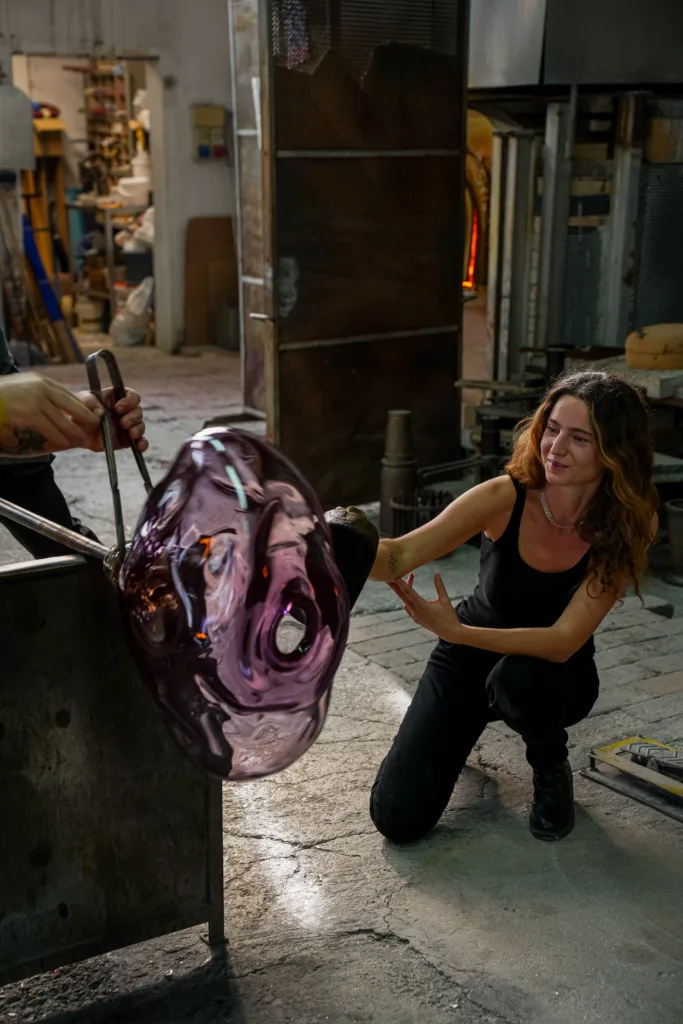
Curated by independent researcher Nour Osseiran and set in Beirut’s Roman Baths, Of Water and Stone features new work by twenty-one international designers exclusively in marble. From benches, sculptures and bird baths, the naturally formed striations within the material itself represent Beirut’s own layered history.
The baths defined ancient social life in the 1st century AD, and in their fractured state now, remain a symbol of Beirut’s evolving identity across centuries. It was more than hygeine: these were spaces of ritual, where water softened body and spirit, and where community formed through practices of cleansing. To bathe was to believe that care for the self was inseparable from care for society.
Featured in the exhibit, Carl Gerges, an architect from Lebanon, designed a green guatemala marble heater for hydro therapy that one can lay on while bathing. Or Irene Cattaneo, a Venetian artist who built a well out of white onyx marble, meant to represent the descent into self-reflection.
Skin of a City
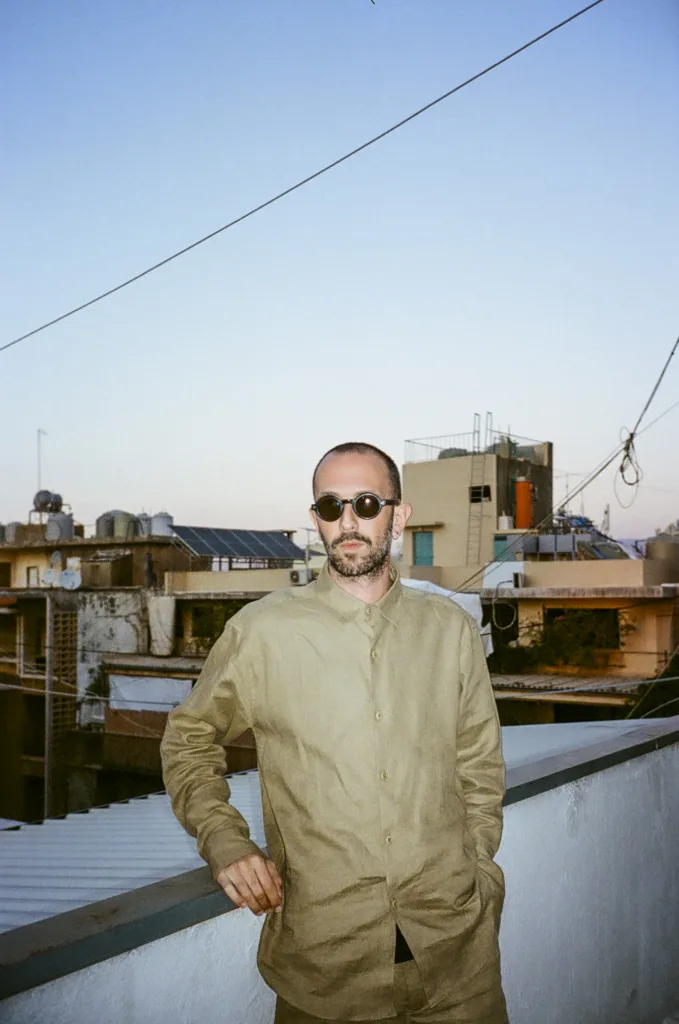
In Skin of a City, Curator Marine Bougaran combines the work of two established Lebanese photographers: Patrick Baz and Anthony Saroufim. Despite coming from different generations and backgrounds, Baz being best known for his coverage of the Lebanese Civil War and Saroufim for his geometric architecture photos, they share a mission to explore intimacy and freedom amid day-to-day violence.
Their pictures portray the body as both a medium and a message in a society where sexuality remains a taboo topic, their images confront this need for expression, in response to political norms. In her book “On Photography” Susan Sontag wrote: “Here is the surface. Now it is up to you … to find out what is underneath.” Their photos both speak of wanting more, balancing eroticism and tension, the bodies taking up space, limbs reaching past the frame and into the city itself. “Skin of a City” resists the body’s edges; celebrating the freedom in skin while challenging viewers to look beyond appearances and resist censorship.
Totems of the Present & the Absent
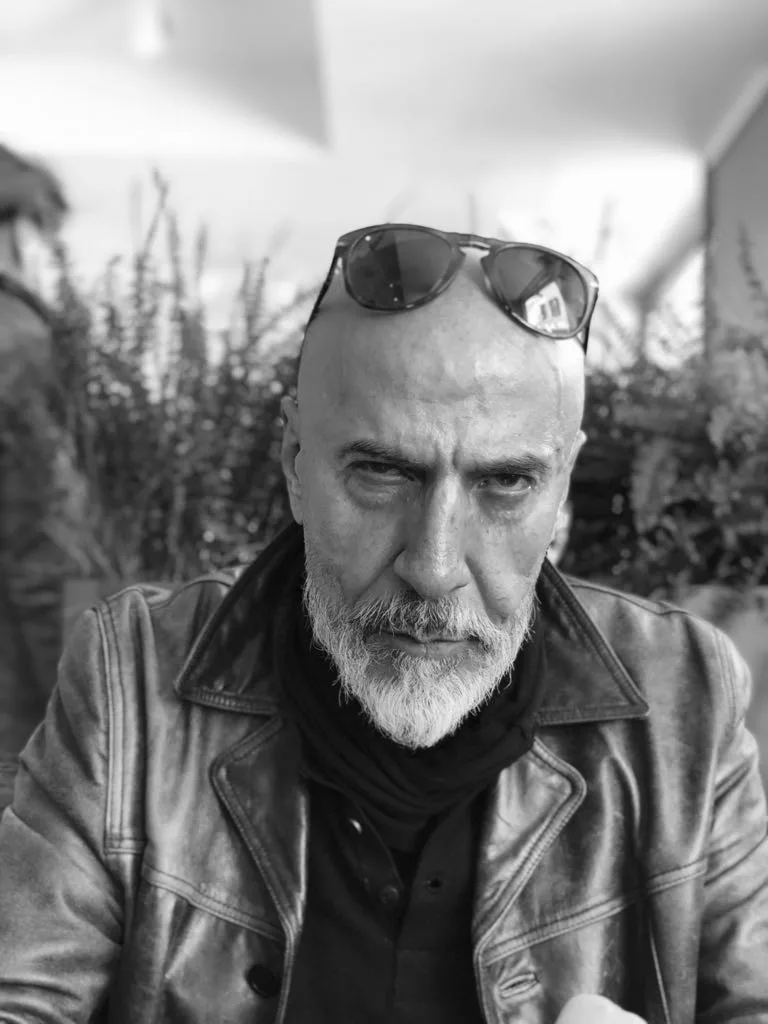
Interior designer and curator Gregory Gatserelia’s exhibit, Totems of the Present & the Absent, invokes those ancient guardians, but chiselled into political, melancholic and ironic symbols, becoming totems for today. For the internet, for rapture and doomscrolling. For Beirut as it was, and as it might be. Sculpted ghosts, their grudges. Those few dreams that came true. This exhibition is an ode to that spectrum: to the ones who stayed, the ones who left, we are all still here.
For the exhibit, We Design Beirut brought back Smo Gallery, a local art incubator also founded by Gatserelia that gave Lebanese designers their start before sending them off into the world. It closed in 2016, but here it is again in Villa Audi, now a room for modern totems. Present and absent at the same time, much like the city itself. And what better way to mark this moment than with objects that say, “I am here,” or maybe, “I was here,” and, “I’m still here.” Totems standing tall, whispering, shouting, laughing at it all. A reminder that, in Beirut, even when something is gone, it’s never really gone.
حلم بإبرة وخيط / “Embroidered Dream“
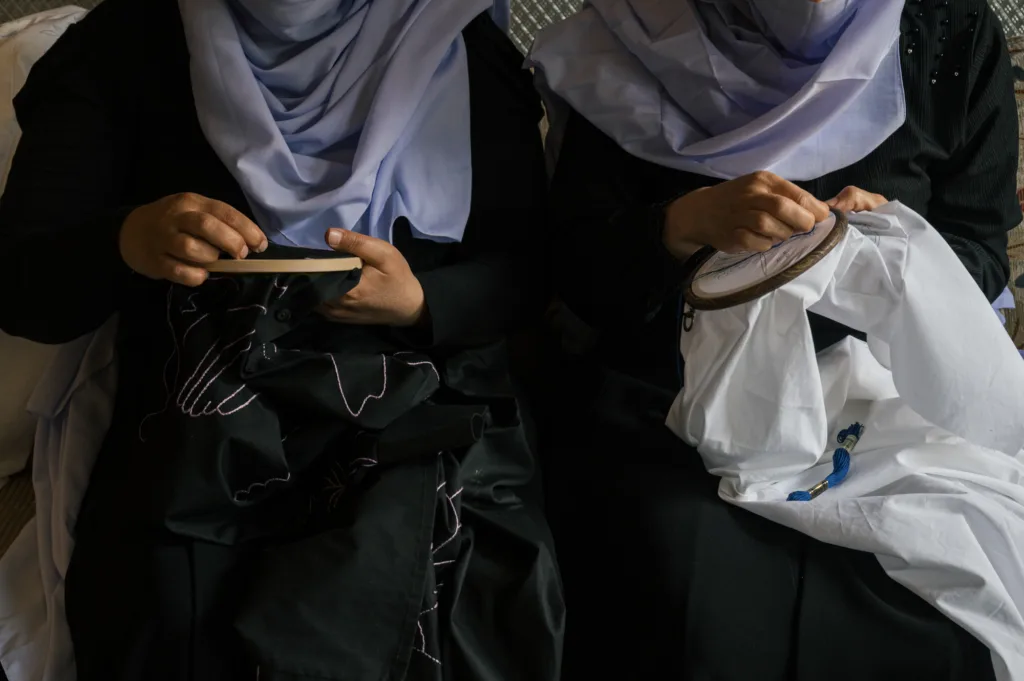
حلم بإبرة وخيط / “Embroidered Dream” will be a presentation led by Lebanese heritage brand Salim Azzam, where more than forty craftswomen surround a massive sheet of fabric, embroidering in silent unison, bringing their needles up and down, pushing and pulling to the pulse of Lynn Adib’s voice. In a moving revival of craft traditions passed down from mothers to daughters, with music composed by Wassim Bou Malham, the live performance celebrates the work of Mount Lebanon’s artisans.
The embroidered fabric will be on display afterwards as part of the exhibition. The performance invites the audience into a ritual, joining the makers in a moment where legacy, womanhood, and tradition intersect. The final product will be accompanied by a short film with footage from the show and behind-the-scenes. For the length of We Design Beirut, two women will return each day to continue live embroidery, showing it’s not just an act, craft is a lifestyle.
Jawharunā جوهرنا — “Our Essence”
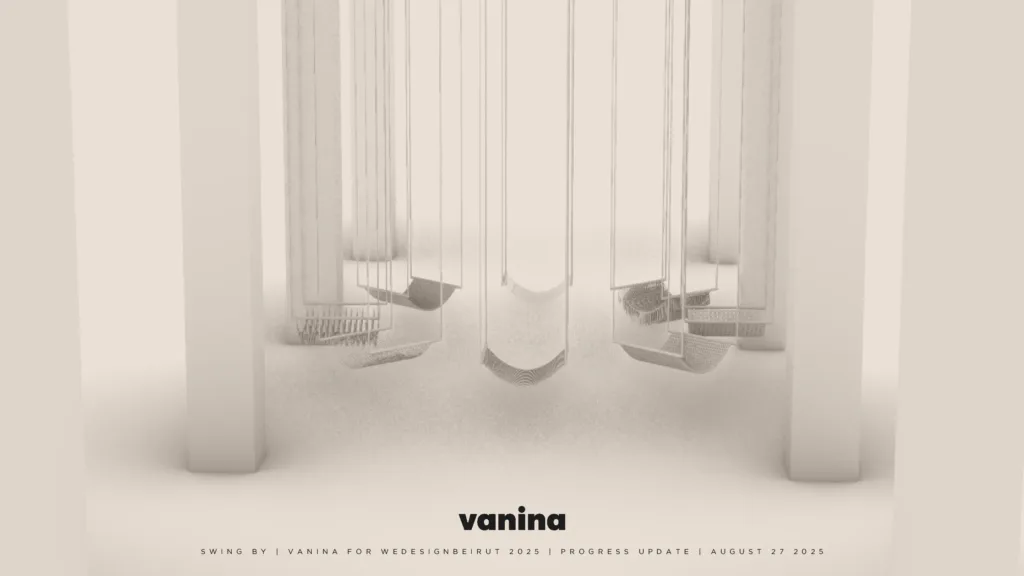
Designed by Tatiana Fayad and Joanne Hayek, who founded Lebanese jewellery label Vanina together, Jawharunā جوهرنا — “Our Essence,” invites visitors to sit down in a circle of eight handwoven swing sets and become part of the story. Made from beads that are threaded and woven together with fabric scraps, old coins and wasted non-recyclable packets. Each bead is carved, moulded, cast, and hand-formed into shape. The material itself is imbued with a fragrance inspired by Lebanon like olive, anise, orange, jasmine and za’atar that waft up when brushed. Invisible, yet undeniable, the scents immerse the room in the memories associated with Levant life.
